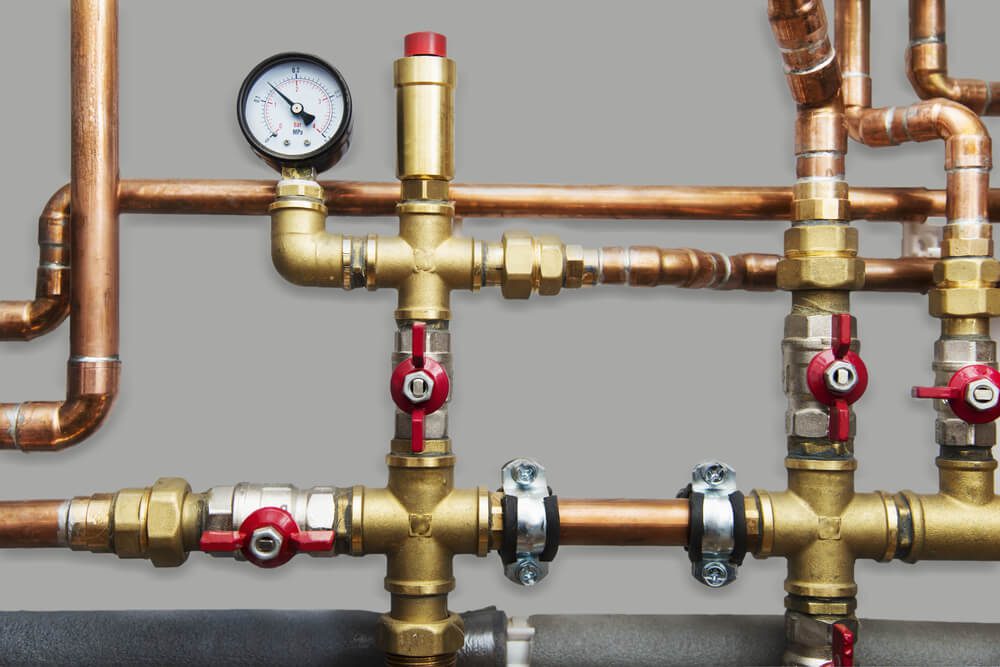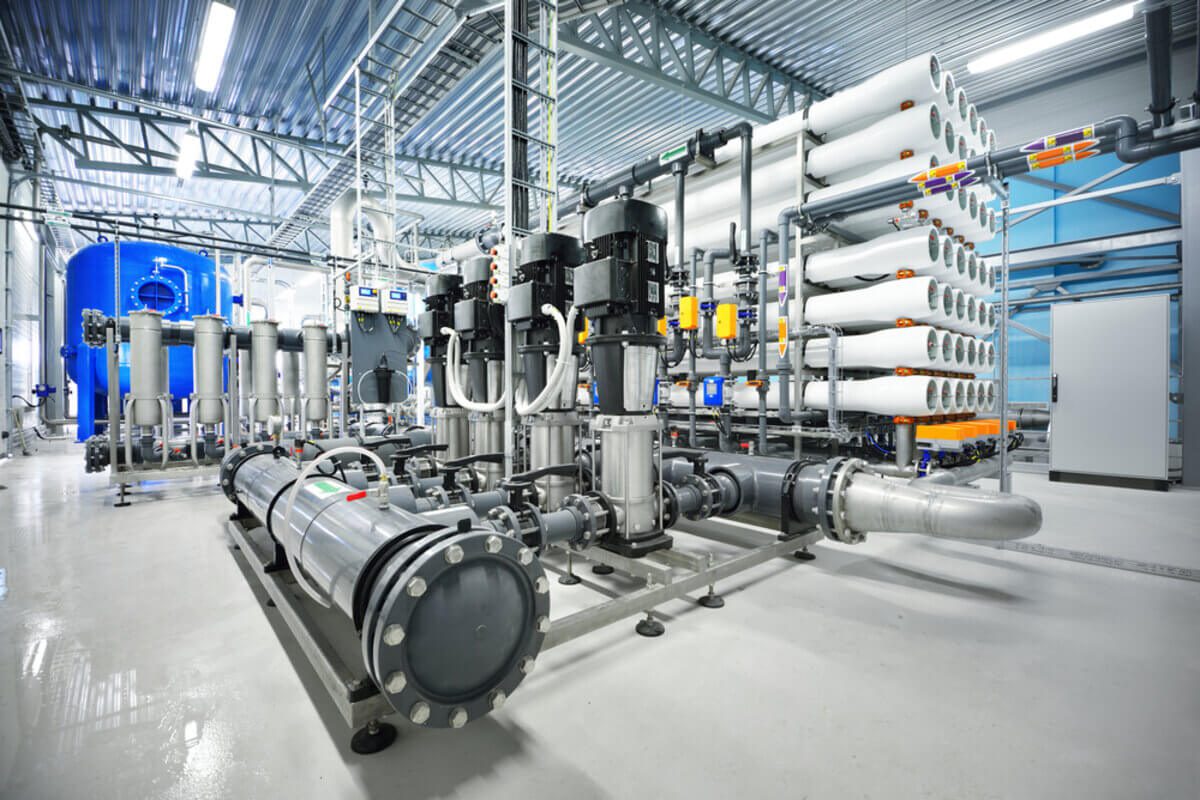A water tube boiler plays a crucial role in many industrial and commercial settings, providing an efficient and reliable steam source for various applications.
We’ll unpack its inner workings, exploring its design, operation, and advantages. By understanding the mechanics behind this type of boiler, we can appreciate its significance in modern engineering and energy production.
What Is a Water Tube Boiler?
 A water tube boiler is a specialized type of boiler where water flows inside the tubes while hot gasses from the combustion process pass over the outside surface of these tubes. Unlike fire tube boilers, which have hot gasses flowing inside the tubes and water surrounding them, water tube boilers offer several distinct advantages.
A water tube boiler is a specialized type of boiler where water flows inside the tubes while hot gasses from the combustion process pass over the outside surface of these tubes. Unlike fire tube boilers, which have hot gasses flowing inside the tubes and water surrounding them, water tube boilers offer several distinct advantages.
They are capable of generating high-pressure steam and can withstand higher operating pressures, making them ideal for applications that require large amounts of steam at elevated temperatures.
Water tube boilers feature a complex network of tubes arranged strategically to maximize the heat transfer area. The water inside the tubes absorbs the heat from the hot gasses, generating steam, which is then collected and utilized for various purposes.
Water Tube Boiler Components
A water tube boiler comprises several key components that work in unison to facilitate efficient heat transfer and steam generation. These components include:
1. Boiler Shell
The boiler shell provides structural support to the entire boiler system and houses the water-filled tubes. It is typically constructed using high-quality steel to withstand high pressures.
2. Tubes
The tubes form the core of the boiler, where heat transfer occurs. Water-filled tubes are arranged in intricate patterns, such as inclined, cross-tube, or helical, to enhance heat transfer efficiency. These tubes are usually made of steel, copper alloys, or other heat-resistant materials.
3. Burner
The burner is responsible for the combustion process within the boiler. It mixes the fuel like natural gas, oil, coal, or biomass with air and ignites it, producing hot gasses. The burner design and combustion control mechanisms are crucial for achieving efficient and clean combustion.
4. Water Circulation System
The water circulation system ensures the continuous flow of water through the tubes, facilitating efficient heat transfer. A pump is employed to circulate the water, maintaining a proper water-to-steam ratio and preventing tube overheating.
5. Steam Drum
The steam drum serves as a reservoir for the generated steam. It allows for the separation of any remaining water droplets from the steam before it is directed to the intended applications. The steam drum also helps to stabilize steam pressure within the boiler system.
How a Water Tube Boiler Works
The operation of a water tube boiler follows a systematic process:
1. Fuel Combustion
The burner ignites the fuel, initiating the combustion process. This produces high-temperature hot gasses that flow over the external surface of the tubes.
2. Heat Transfer
As the hot gasses pass over the tubes, they transfer their heat energy to the water flowing inside them. The water absorbs heat, causing it to reach its boiling point and transform into steam.
3. Steam Generation
The steam generated within the tubes rises to the top of the steam drum due to its lower density compared to water. In the steam drum, any remaining water droplets separate from the steam, ensuring dry steam is obtained.
4. Steam Distribution
The dry steam is then directed through pipes or channels to the desired applications through pipes or channels, where it can be used for heating, power generation, or other processes.
Advantages of a Water Tube Boiler
- High efficiency: Superior heat transfer capabilities, resulting in efficient energy conversion and optimized fuel utilization.
- High-pressure steam generation: Produce steam at elevated pressures, meeting the requirements of industrial processes that demand high-temperature steam.
- Rapid response to load fluctuations: Can quickly adjust their steam output in response to changing demand, ensuring efficient operation and minimizing energy wastage.
- Enhanced safety features: They incorporate safety mechanisms and robust construction to prevent tube failures and mitigate the risk of thermal shock and explosions, ensuring a safe operating environment.
- Compact size and space efficiency: Ideal for installations where space is limited, without compromising on performance or functionality.
- Reduced water requirements: The continuous circulation system minimizes water consumption, making them suitable for areas with water scarcity or where water conservation is crucial.
Why Choose a Babcock Water Tube Boiler?
Babcock’s water tube boilers present a compelling choice for those seeking a reliable and efficient solution. With a rich heritage of over a century in boiler manufacturing, Babcock has established a reputation for excellence.
Their water tube boilers are designed and engineered with precision, adhering to the highest industry standards. Babcock’s commitment to quality is evident in their advanced technologies, robust construction, and innovative features that optimize performance and minimize environmental impact.
By choosing Babcock, customers can benefit from a trusted brand that delivers exceptional reliability, energy efficiency, and long-term value for various industrial applications.
Contact Lindberg Process Equipment today for more information on a high-quality water tube boiler for your business.





